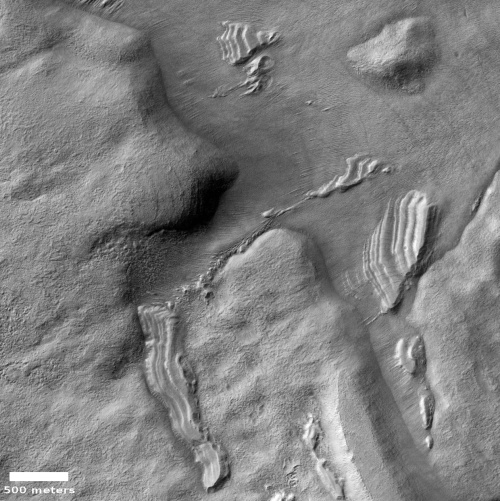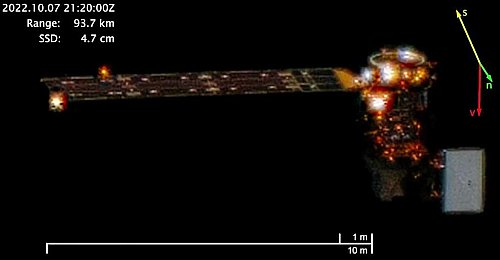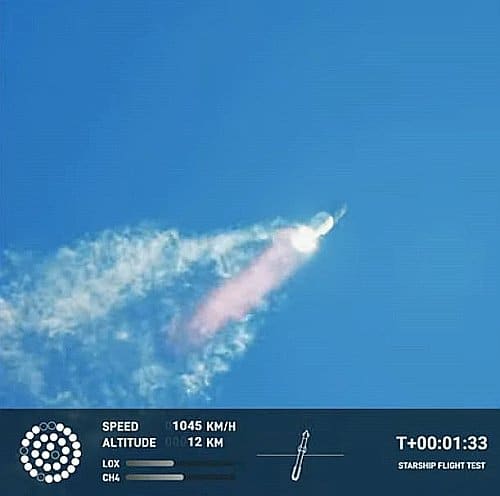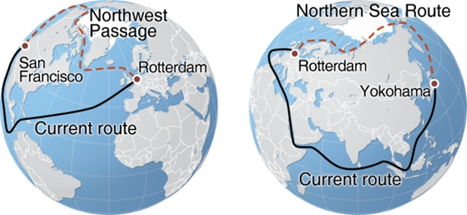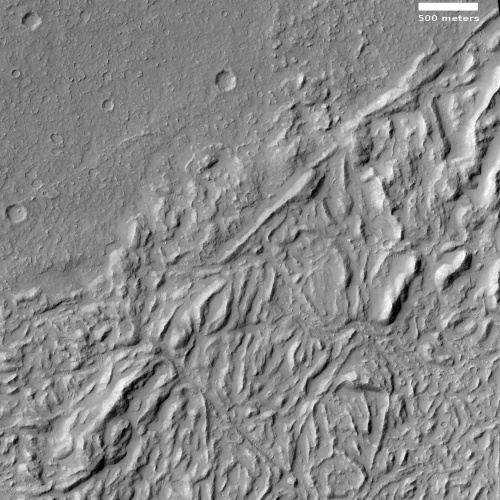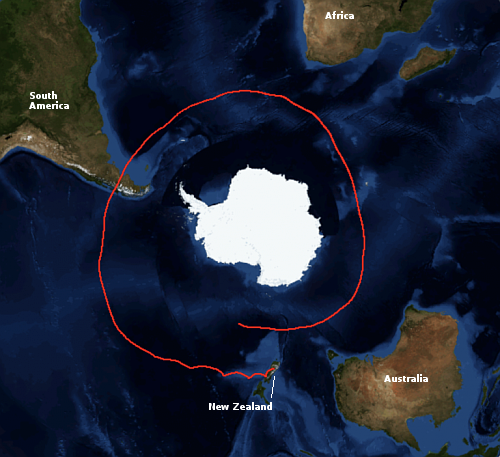In a press release today describing the planned signing ceremony, NASA today revealed that the Czech Republic is going to sign the Artemis Accords on May 3, 2023, becoming the 24th nation to join this American-led alliance in space.
The full list of signatories so far: Australia, Bahrain, Brazil, Canada, Columbia, Czech Republic, France, Israel, Italy, Japan, Luxembourg, Mexico, New Zealand, Nigeria, Poland, Romania, Rwanda, Saudi Arabia, Singapore, South Korea, the United Kingdom, the United Arab Emirates, the Ukraine, and the United States.
The accords, bi-lateral agreements between each nation and the U.S., were designed during the Trump administration to emphasize the rights of private investors in space and thus do an end-around of the Outer Space Treaty. Under the Biden administration it is no longer clear if that remains the goal. The existence of a signed alliance led by the U.S. and the capitalistic west however gives the U.S. the political force to protect those rights, assuming the American government is interested in the future in doing so.
It has also created a kind of bi-polar competition with the alliance of nations signing on to China’s projects in space. That alliance so far only includes China, Russia, and Venezuela, but we should expect several nations once part of the former Soviet Union, such as Kazakhstan, as well as other former communist block nations, such as North Korea, to sign up at some point. I would also expect Iran to join also.




